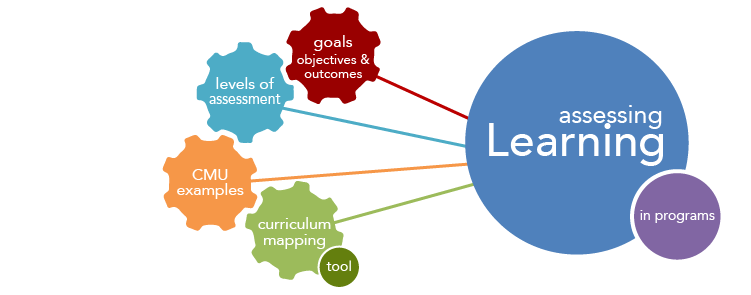

By the end of the course, participants will be able to:
Administrators, officers, specialists, team leaders, managers, and business partners as well as line managers responsible for identifying training needs or evaluating training within their organizations.
Highly practical and engaging. This course presents theory followed by practical exercises developed to apply theoretical knowledge in organizational settings.
The general framework
Methods for Identifying Training Needs (ITN)
Linking training needs analysis with program design and program evaluation
Evaluation at levels I and II
Evaluation at level III: skill transfer from the workshop to the workplace
Converting data to monetary value and calculating the return on investment (levels IV and V)
BTS attendance certificate will be issued to all attendees completing a minimum of 75% of the total course duration.
| Code | Date | Venue | Fees | Register |
|---|---|---|---|---|
| HR127-05 | 21-12-2025 | Dubai | USD 5450 | |
| HR127-01 | 02-02-2026 | Marrakesh | USD 5950 | |
| HR127-02 | 07-06-2026 | Dubai | USD 5450 | |
| HR127-03 | 19-10-2026 | Paris | USD 6950 | |
| HR127-04 | 13-12-2026 | Dubai | USD 5450 |
.jpg)
Training Needs Analysis is designed to help you identify the precise areas where training is required for your organization’s employees. Effective training or development depends on knowing what is re ...

This fast track program provides the latest philosophies, methods and tools to be able to complete the two most important areas of training, Training Needs Analysis (TNA) and Evaluation. It will also ...

The topic of training and evaluation has been, and still is one of the most controversial areas in organizational efficiency. Training costs so much it is not acceptable to say its results cannot be g ...

The topic of training analysis is a new and interesting area in today’s world class training functions.
Providing services with a high quality that are satisfying the requirements
Appling the specifications and legalizations to ensure the quality of service.
Best utilization of resources for continually improving the business activities.
BTS keen to selects highly technical instructors based on professional field experience
Since BTS was established, it considered a training partner for world class oil & gas institution
1st floor, Incubator Buildingو Masdar City, Abu Dhabi, UAE
Sun to Fri 09:00 AM to 06:00 PM
Contact Us anytime!
Request Info